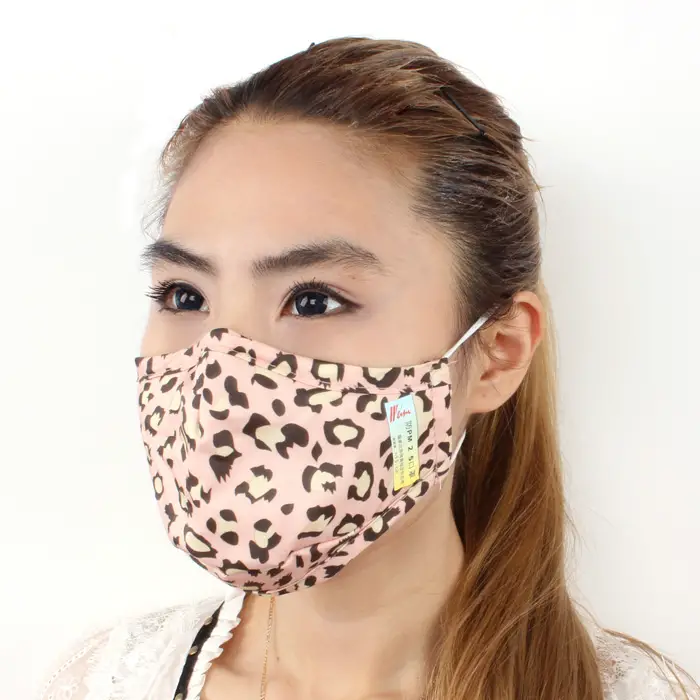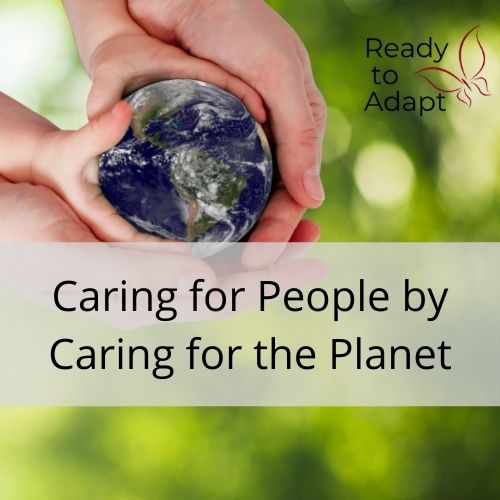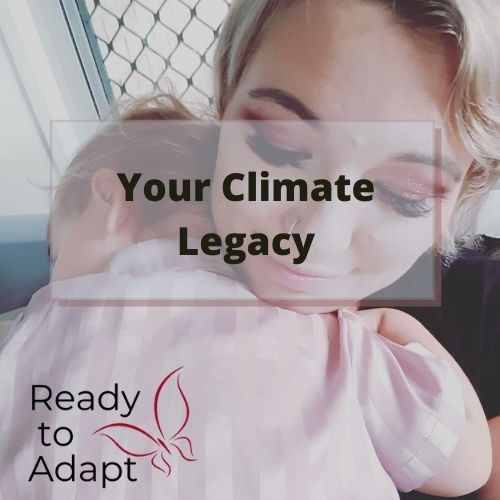Healthcare workers around the world are using huge amounts of personal protective equipment at the moment. The global numbers of virus-positive persons have passed 300,000 at the time of writing. It is truly frightening the speed of spread and that is just the ones we know about. We don’t know how many people will truly have the virus at any given point in time due to the testing criteria that are in place in different regions.
To give you a small glimpse of the number of masks, gowns, gloves, and handwash being used I wanted to just take a normal shift in an average hospital with just one nurse caring for 5 people in an isolation unit might use.
So our nurse arrives to work and takes handover from the previous shift. She then goes to check in with each patient to see how they are going and do a basic set of observations. 5 patients mean she will put on 5 sets of fresh gloves, gowns, and masks. Breakfast arrives as she is finishing the first round. So she must do it all again to deliver the breakfast trays – another 5 sets. Then when breakfast is over she needs to collect all these trays but she might also have to give each person their morning medications so she decides to let the trays sit until the next time she enters the room. Medications and breakfast trays removal is another full set of 5. Each person then needs their bedding changed, showers or bedbaths and personal attention. There go another 5 sets. Morning tea is coming around and yep you guessed it 5 more sets of PPE. Our nurse now goes on her morning break and while she is gone 3 of the patients require assistance from another nurse who is covering buzzers. After her break, our nurse returns to assist with doctor rounds. 10 full sets of PPE between them. Lunch arrives and well you get the idea. Now, none of these patients are actually infected with COVID they are just regular infectious patients. Add COVID to the mix and our nurse might be adding IV antibiotics, fluids and other tasks to the routine. By the time she has finished her normal 8-hour shift her 5 patients have required around 45 -50 full sets of disposable gloves, gowns, and masks.
Multiply this with the COVID factor globally and you can begin to appreciate just how many sets of these essential items are being used. This does not take into account the doctor’s surgeries and other outlets who might need to use the PPE in their daily practices.
Many calls are going out over social media asking for people who can sew to make cloth masks for health workers. While this may seem like a great way to help out and keep busy during a lockdown and forced isolation, a word of caution.

We used to think that Pandemics or emerging infections were more likely to arise in low-income or middle-income settings than in western wealthy countries. Data from a study by the Johanna Briggs Institute 2014 provided some reassurance about the use of medical masks and is the first data to show potential clinical harm of non – medical masks.
Medical masks are used to provide protection against droplets, splashes, and spray of blood or body fluids. Medical masks or respirators are recommended by different organisations to prevent transmission of viruses, yet shortages of PPE may result in higher infection rates. N95 is a type of mask used by medical professionals in a viral outbreak to protect against respiratory diseases. With the situation of COVID19, there have been well-documented shortages in these types of masks. Worse still the general public is attempting to use other types of masks to protect themselves from viral loads. Unfortunately, based on the information available it would seem these masks offer little to no protection and in some cases are considered more harmful than good.
Cloth, paper and any other mask that is being used and re-used will have stored pathogens that upon breathing will likely increase viral loads to the wearer. In effect making it more likely that they will become ill. Not the desired outcome.
The study referenced above showed that for the viruses test being Rhinovirus and Influenza B, the cloth mask had significantly higher levels of isolated pathogens on clinical testing. Double masking was also tested and showed similar results. Meaning the use of a paper styled mask with a cloth mask cover provided no more protection than using them individually.
Unfortunately, further issues present themselves with reuseable cloth masks. This includes how they are washed, and the number times they are removed and refitted.
In the interest of providing safe and actionable information until more research is carried out, cloth masks should not be used, made or recommended. So please, if someone sends you a request to make these please direct them to this article or tell them why it is just not a good idea.



